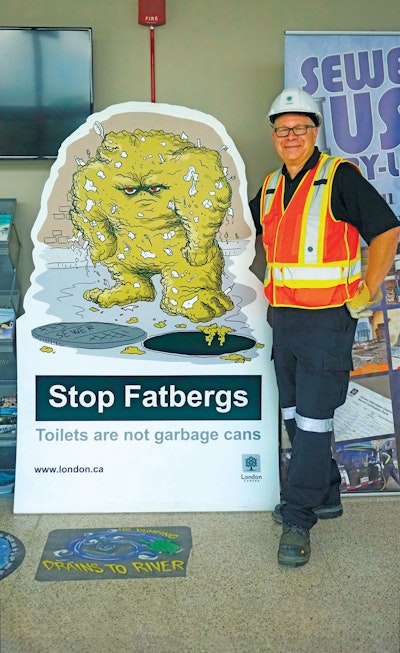Years ago, fats, oils and grease blockages in sanitary sewers in the city of London, Ontario, posed a fairly significant problem. But those issues declined substantially after Barry Orr, aka Captain FOG, and his team developed innovative communication and outreach programs that...
Making a Difference on FOG
Award-winning, globally known sewer official keeps ‘fatbergs’ top-of-mind in Ontario and beyond.
Popular Stories
Discussion
Comments on this site are submitted by users and are not endorsed by nor do they reflect the views or opinions of COLE Publishing, Inc. Comments are moderated before being posted.









